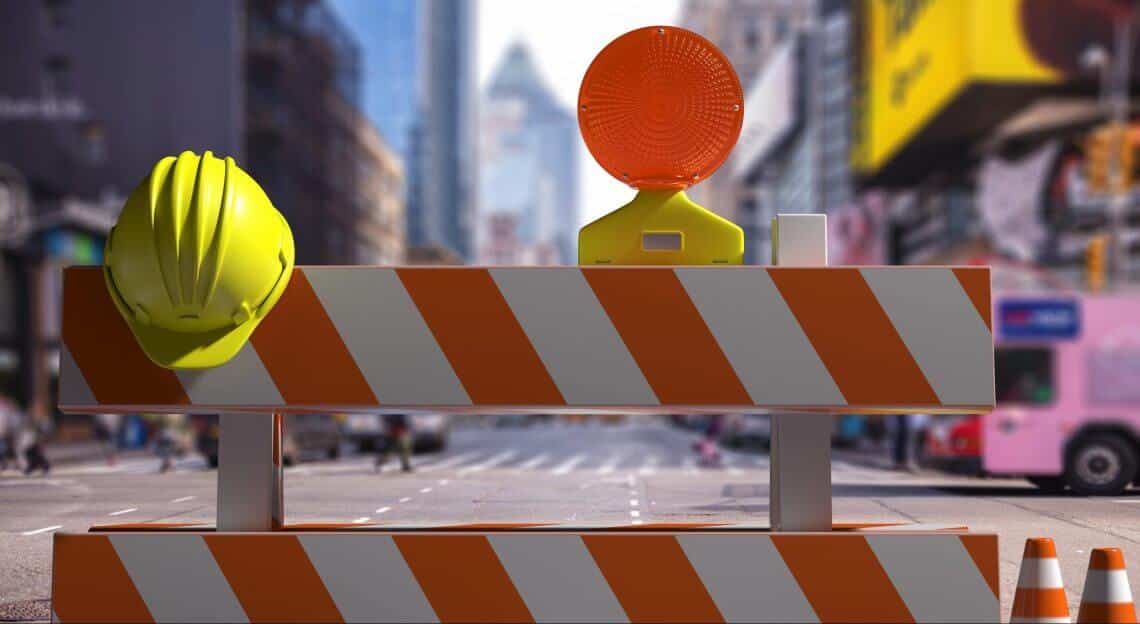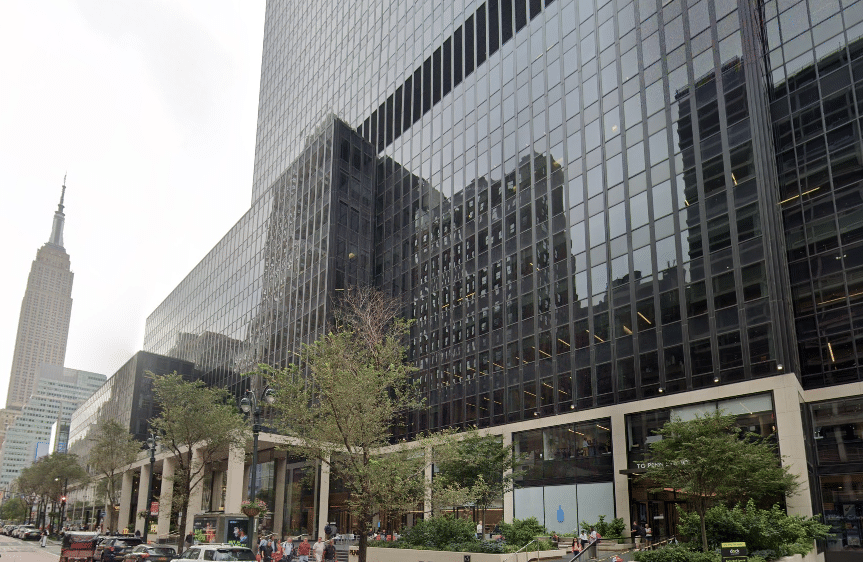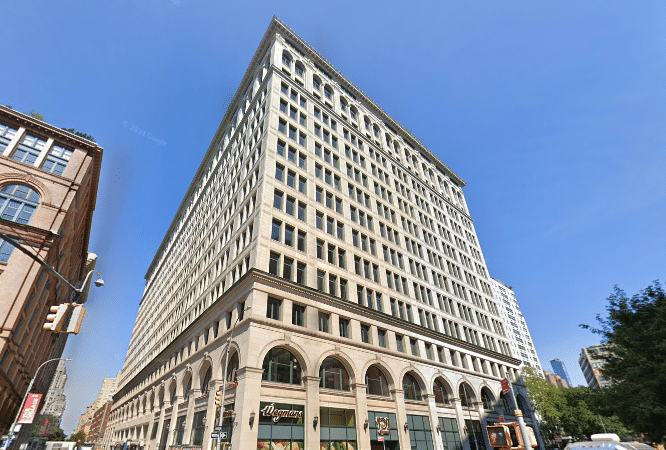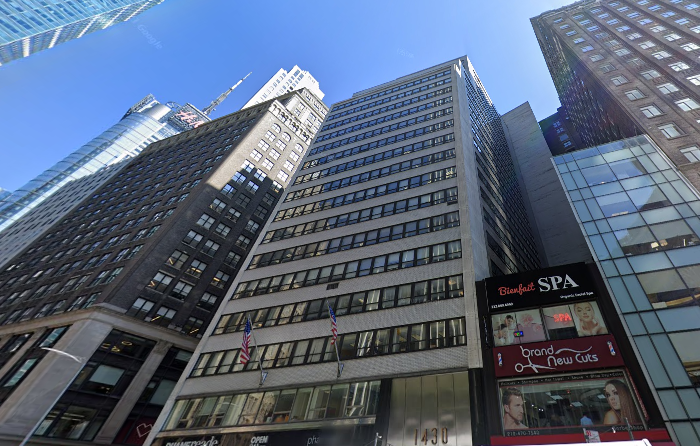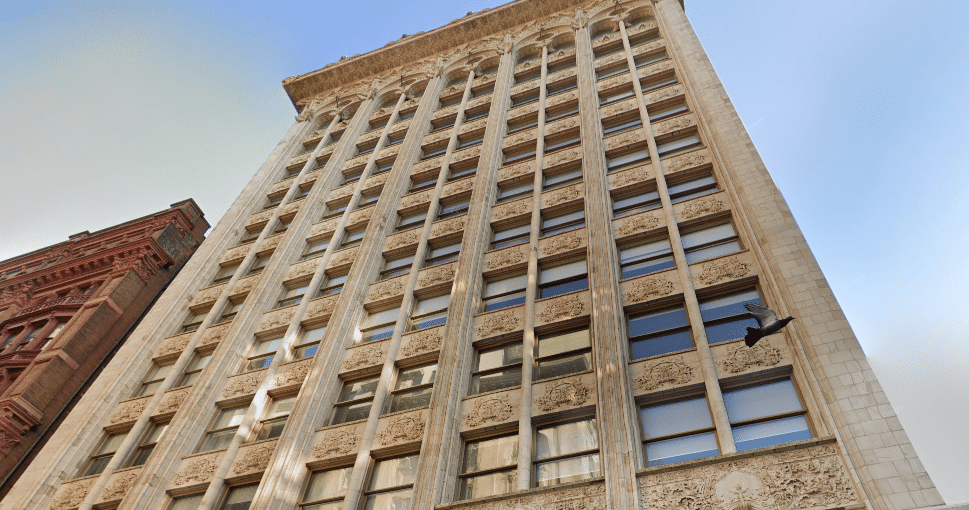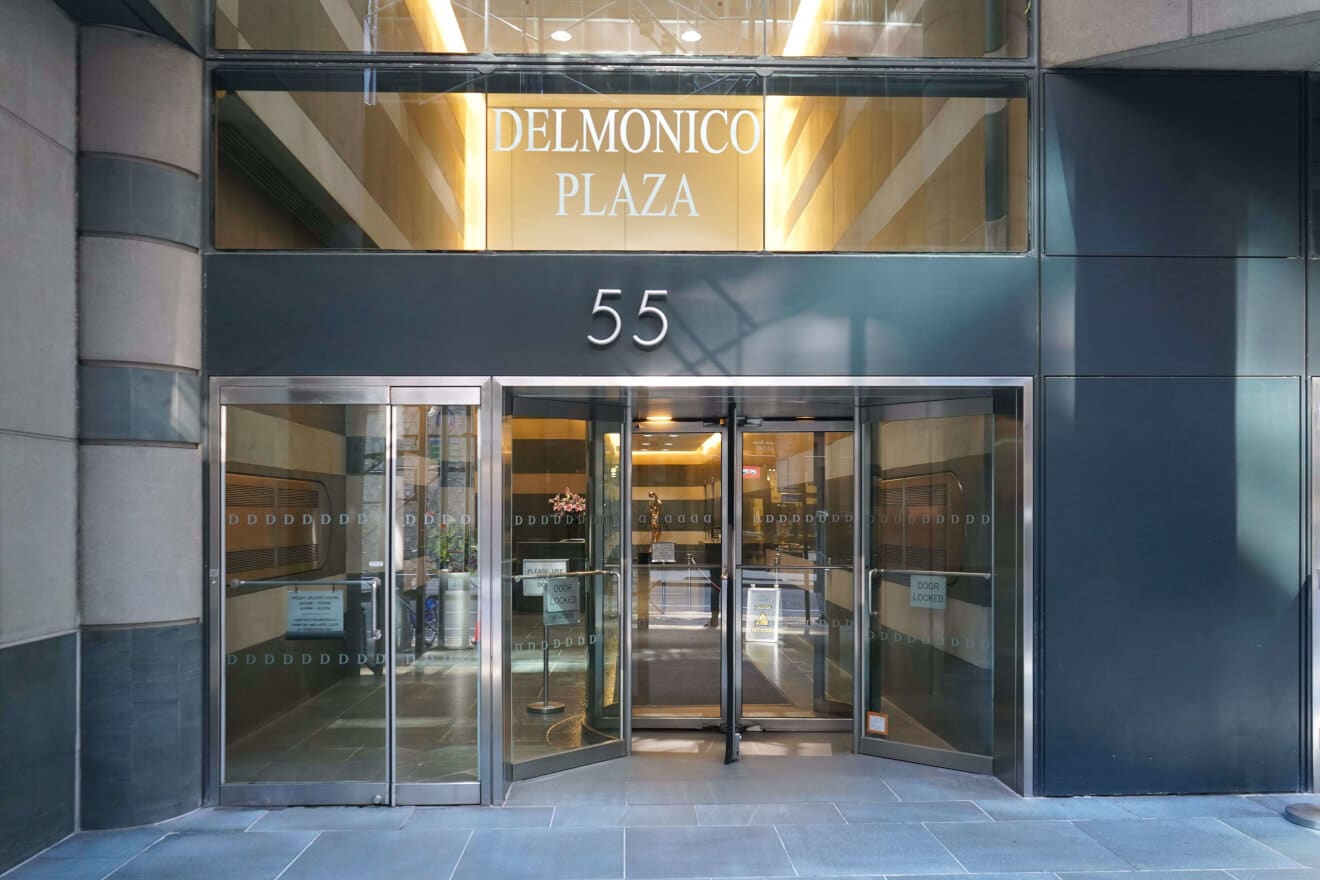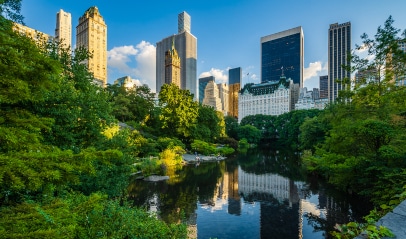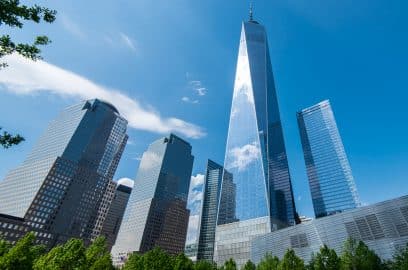New York City, the city that never sleeps, is also the city that never stops building. As one of the busiest and priciest business destinations in the world, NYC is always growing, with more and more skyscrapers added to its skyline each year.
It’s a city that can build a whole new neighborhood from scratch and turn it into one of the most desirable destinations in the U.S. in just a few years – Hudson Yards. It’s also the destination of choice for businesses across all industries, which means the demand for office space is (usually) at a constant high.
The unexpected and unprecedented situation caused by the new coronavirus has had a substantial impact on the NYC economy. Many have switched to working from home over the past months, leaving the glossy office skyscrapers of Manhattan partially empty. Non-essential businesses, particularly restaurants and entertainment venues, have closed down following the citywide lockdown.
Construction is usually ongoing in the city, as developers keep adding state-of-the-art office towers and luxury residential towers across the boroughs, to meet the growing demand. Over the past weeks, however, the pace of construction has slowed down considerably, as Governor Andrew Cuomo decided to ban all non-essential construction starting March 30th, 2020.
New Yorkers File 57 Complaints per Day Following Cuomo’s Ban on Non-Essential Construction
The suspension of non-essential construction and demolition work in the city was in effect until May 15th, 2020. The restrictions define essential construction as work that is limited to a single worker on a given job site. The restrictions are necessary to ensure the health and safety of building occupants. Essential construction includes work related to utilities, healthcare facilities, hospitals, shelters, affordable housing projects, as well as work on roads, bridges, rails, airports, and transit facilities.
Those who violate these restrictions risk getting a $10,000 penalty, so naturally, one would expect any non-essential construction work to cease entirely in the city. However, the 311 New York City database paints a different picture.
The 311 service in NYC was quick to add a category on Non-essential Covid-19 construction, and complaints from New Yorkers started to pour in.
From March 30th to May 14th, New Yorkers filed a total of 2,012 construction-related complaints with the 311 service. The bulk of these complaints were in Brooklyn (770) and Manhattan (725), which is not surprising, given that these are the most desirable boroughs for developers and investors. There were also 325 complaints filed in Queens, as well as 119 complaints in the Bronx and 73 on Staten Island.
The month of April was the busiest in terms of 311 non-essential construction complaints, with New Yorkers filing 1,349 such requests with the service. The following month recorded 662 complaints filed with 311, up until May 14th, when we last checked the database.
Most of the complaints filed related to non-essential Covid-19 construction have turned out to be unfounded. The Department of Buildings investigated and decided that the bulk of these complaints required no further action. Very few of the total 2,012 entries returned a stop-work order or a DOB violation, and a few are still under investigation. The high number of requests shows that New Yorkers have been very vigilant during the lockdown, and alerted the authorities on any construction work that didn’t seem right.
[table id=19 / ]
From March 30th up until May 14th, New Yorkers filed more than 2,000 complaints related to non-essential construction in the city with 311. The bulk of service requests were, as we already mentioned, filed in Manhattan and Brooklyn. These two boroughs are the priciest destinations in NYC for both commercial and residential developers, which means construction is always on, and towers keep rising across most neighborhoods.
[table id=17 / ]
During the lockdown, New Yorkers filed an average of 57.5 complaints each day related to non-essential construction work. These complaints are scattered all across the five boroughs, with no particular neighborhood or street standing out. However, by looking at the requests map above, we can see that their density is higher in areas close to Manhattan, like Long Island City in Queens or Downtown Brooklyn and Williamsburg.
It’s not surprising that these areas were home to more complaints filed, as there is also a lot more construction work going on in these parts of the city than in others. Long Island City has been experiencing a construction and investment boom, even before Amazon put it on the map as a potential location for its HQ2. Downtown Brooklyn has become a hotspot for tech-savvy Millennials, with taller skyscrapers popping up each year and adaptive reuse projects coming online along the waterfront.
Manhattan remains the leading destination for development, one of the busiest and most desirable locations for corporations, startups, freelancers, and everything in between. However, its most appealing submarkets, like Midtown, Midtown South, or Downtown, are already crowded, with not much vacant space left to develop. Consequently, developers and businesses alike have started to flock to other boroughs that show development potential.
Methodology
We extracted all data related to Non-Essential Covid-19 Construction in NYC from the city’s 311 service database, from March 30th until May 14th, 2020.
